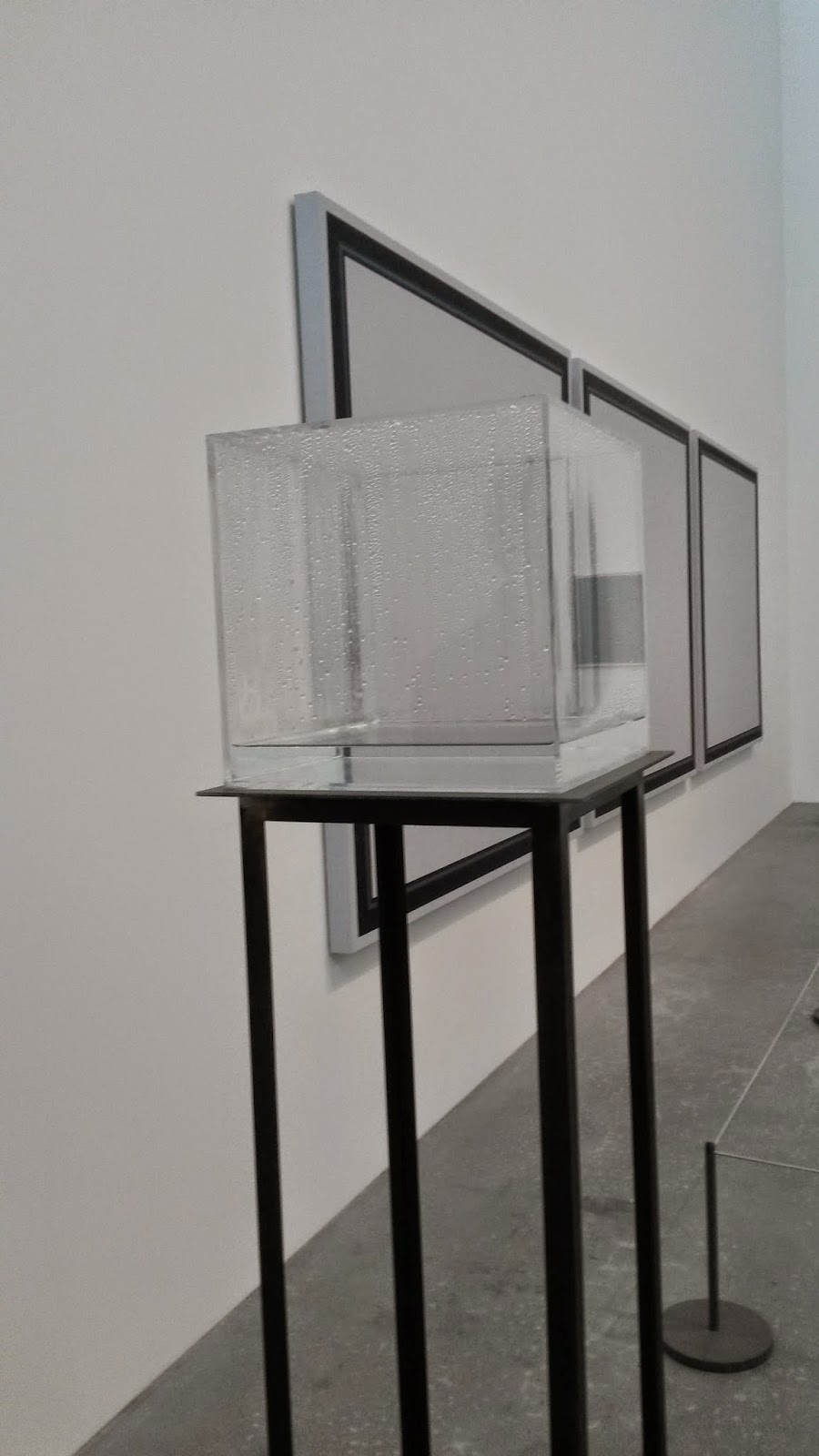Final Piece and Artistic Achievements
As part of our final stage of rehearsal, we did our group pieces to the rest of our year group and took it in turns to watch each others to give each other the experience of performing to about 40 people. I found this very interesting, as although we all had the same stimulus - the Cabinet of Curiosities - all of the groups pieces of work were incredibly different. Each performance had strengths and weaknesses, and to me, some were more effective than others. There were massive differences stylistically, and our group was the only group that relied solely on our bodies - the other groups used head torches and scarves as a crucial part of their performance. In this respect, I think our performance was the most impressive, as the other two pieces used visible props to move their story on which I thought was quite effective but not as impressive as actors altogether forming a piece physically. Upon watching the other group's performances I was slightly concerned as to how the piece would be put together and whether it would make sense to an audience. During the real performance, I was surprised at how well-received the piece was and how cleverly it slotted together.I think it worked purely because it was based on the 'Cabinets of Curiosities' where random objects were put together, and I think this left a very spontaneous feel about the piece. With the stimulus being the only thing that linked the pieces together, there was the opportunity for the pieces to be completely different, which they were. I think that the piece made great artistic achievements and personally, I have never done any performance like it before. I definitely believe that there was a unique quality to the performance that will stick in the audience's minds, and which they will not forget, as I will not forget performing it.
Level of professional execution
To an extent, I think that the professional execution of the piece was good. When we performing the piece, each time we did it I felt there was a commitment to the piece from all of the actors which made it very enjoyable to work in. As the audience were immersed in our piece, I didn't know how people would react to being around their friends and family but when performing, everyone was highly professional in my opinion. Something I did not think was professional was when we were backstage everyone kept talking loudly which negatively distracted the performers on the stage. If it was more professional, people would have just stopped talking until the end of the performance. Personally, I tried to remain silent but did get distracted at certain points, which is something I need to work on. Another thing that was not executed very professional was after the first group of trios, the people in our space did not clear up the jam they had left on the floor, meaning it was very sticky when we went to perform there shortly after. This negatively impacted our trio but thought on the whole, there was a good level of professional execution of the piece.
Evaluation of Trio
I thought our trio went quite well. We were able to adapt the piece from when it was not received very well in the first performance. We thought that as our piece was mainly physical, people lost interest and may not have got the clear message we were trying to portray. I thought that the mainly physical aspect to our piece is what made it experimental, as each of us were representing different groups in society. We changed it to say who we were representing more in the piece and allowing us to improvise if we wanted to - going and interacting with the audience that were walking past by talking to them and questioning them about our piece. I thought that we took a risk by making it mainly physical as after doing it for 15 minutes on loop in three performances, we knew we were going to be tired and that this may impact our performance. However, the adrenaline kicked in and I believe we were able to do our piece justice, hence why I think that overall for the second two performances our trio worked well.





